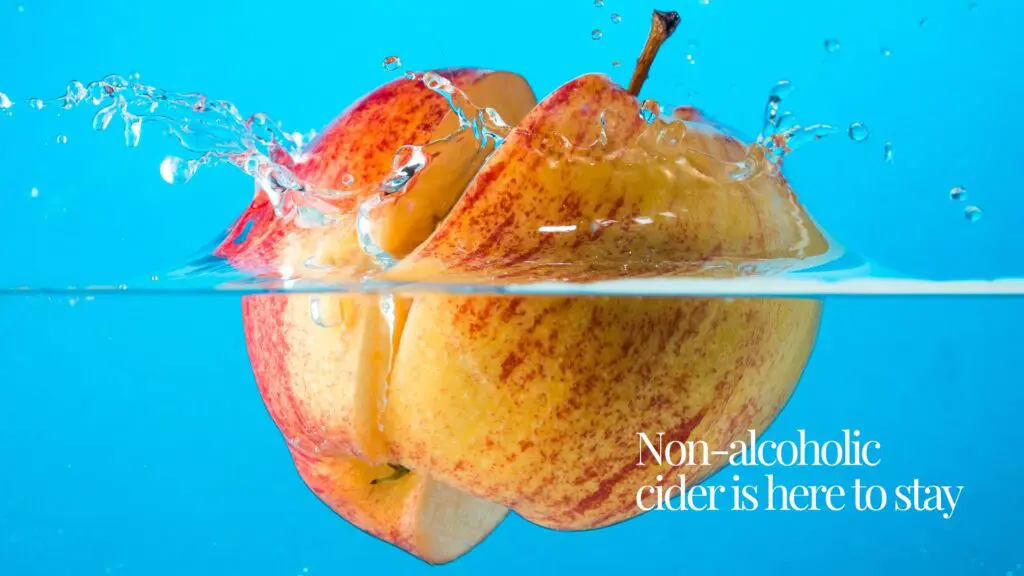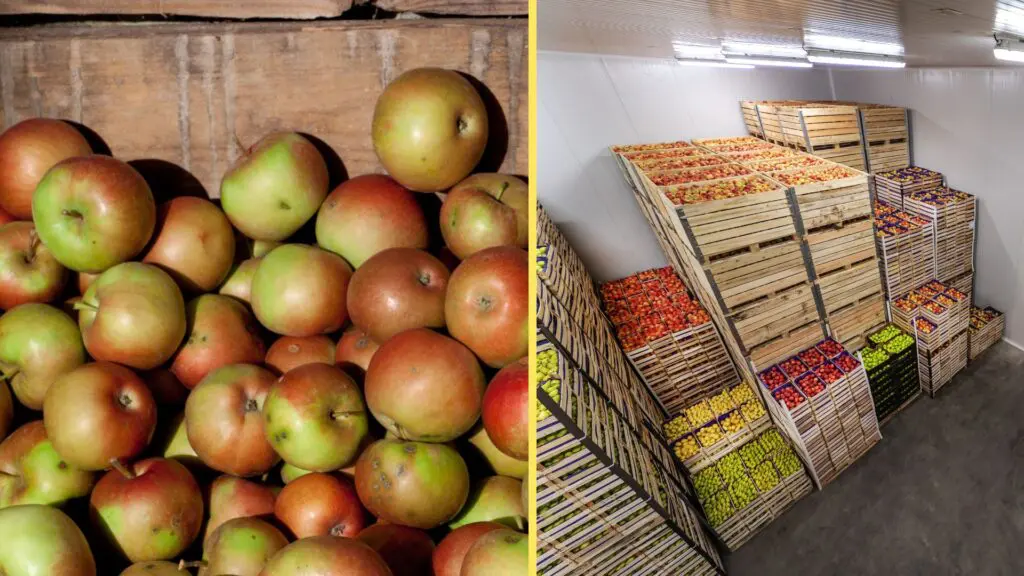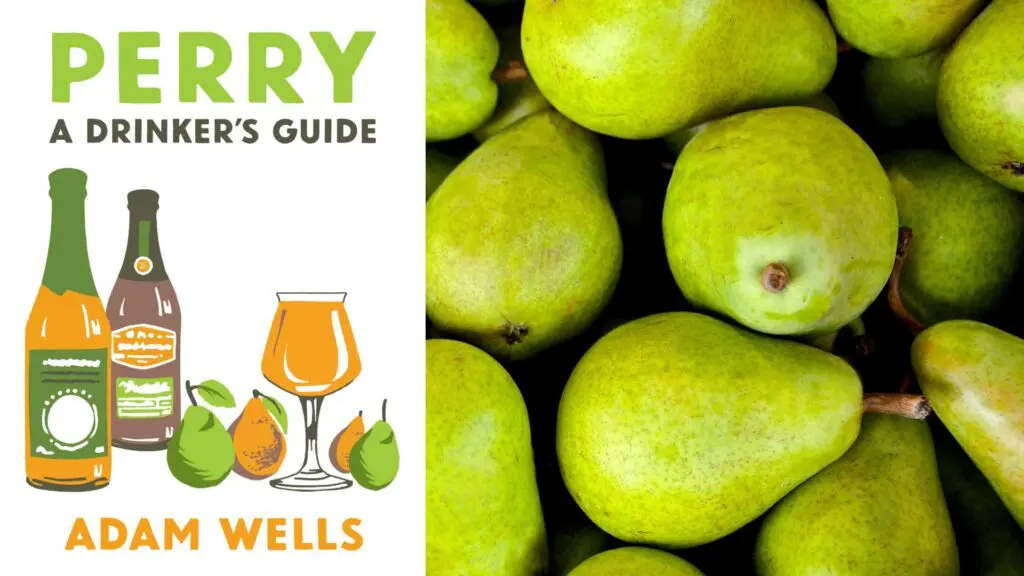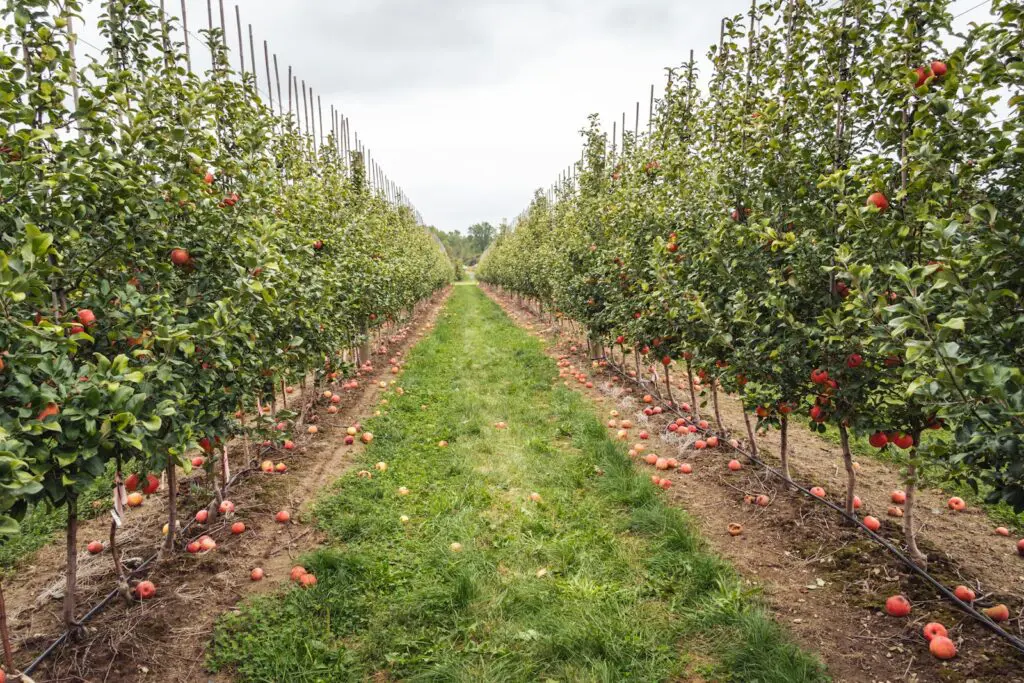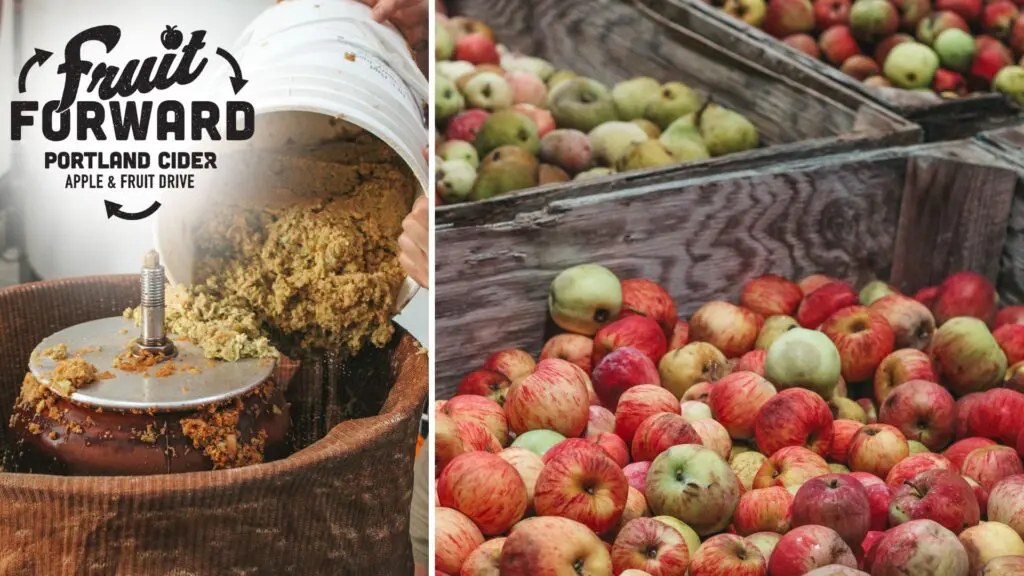Have you ever had a glass of cider that just tasted… off? How did you know?
Many consumers are starting to include cider as a regular beverage in their drinking repertoire. Consumer data shows people are savvy about the difference between sweet and dry ciders and they know what they like. But beyond liking or not liking a cider, how can you tell if you have stumbled across a faulty product?
Faults are the result of something having gone wrong in production. There are newbie cidermakers who may not have mastered their techniques, and there are seasoned professionals who accidentally sell ciders that have become contaminated with bacteria or other issues. It takes time and mistakes to learn to make great cider, and you’ve got to take the odd off bottle in stride. However, as a consumer, it can be fun to start to hone your sense of which particular fault you may have encountered.
We asked cider pro Charlie Olchowski, co-founder of the upcoming Franklin County CiderDays in Massachusetts, for a list of pro-tips to help you put words to why your nose and palate are telling you to push away a certain glass of cider. With off-flavors, your senses are your guide and these are a few triggering characteristics.
1) Rotten eggs and burning sulfur. Often smelling like spent eggs or matches, a sharper sulfur note is from the presence of sulfur dioxide, which is used to combat infection and oxidation in ciders and wines.
2) Acetic acid. Some want a touch of acetic acid and other volatile organic acids to add complexity or a folksy dimension to the aroma and flavor. You’ll know when it is over the top.
3) Oxygen. Detected by a stale or musty oxidative note. These components are there usually from aging or from allowing too much headspace in the vessel during the aging process without acetobacter present, which would have changed the alcohol to vinegar.
4) Vinous. Typically described as a “green-like” scent, this can also be the presence of overly alcoholic aromas. This fault occurs when the cider is fermented at too warm of a temperature or when an aggressive yeast is used that metabolized every molecule of sugar to alcohol.
5) “Off” taste. A taste that just does not belong, like mothballs, geraniums, septic flavors, the list goes on. When the presence is a negative, not positive, character of cider.
It can take a long time to develop expert tasting skills, and even a team of judges who are individually highly skilled in cider evaluation will disagree on what they are perceiving. If swirling and sniffing isn’t your thing, it’s good to know the difference between a unique cider that you could come to appreciate and a spoiled glass of rot that you really don’t need to be drinking.


